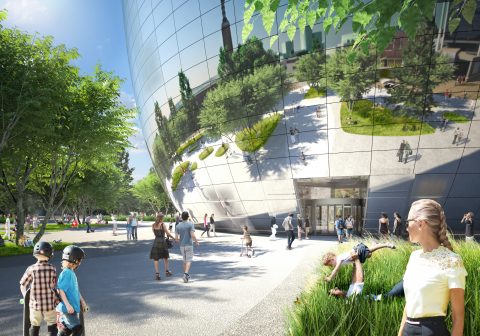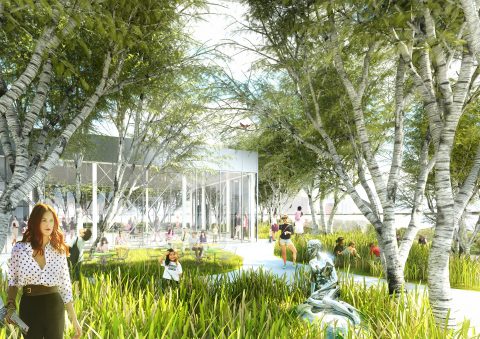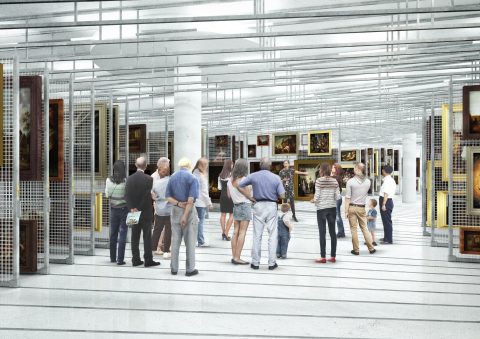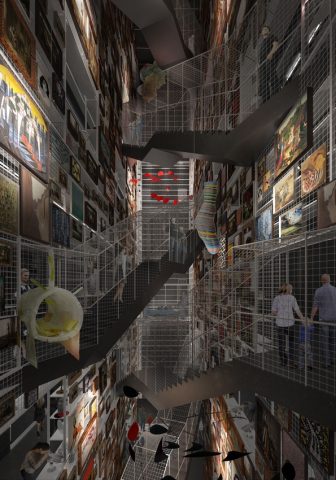Boijmans Public Depo project approved: how will art collectors respond to its revolution?
- Visualisaty of the New Boijmans Museum Public Depo by MVRDV i.s.m.Kossmann.dejong.
- Visualisaty of the New Boijmans Museum Public Depo by MVRDV i.s.m.Kossmann.dejong.
- Visualisaty of the New Boijmans Museum Public Depo by MVRDV i.s.m.Kossmann.dejong.
- Visualisaty of the New Boijmans Museum Public Depo by MVRDV i.s.m.Kossmann.dejong.
Last Wednesday the Rotterdam City Council announced that the new deposit needed by the Museum Boijmans Van Beuningen to store its growing collection according to the standard required by a main international art institution is finally going to be constructed on the gravel terrain in the Museumpark in the next two years. The architecture project approved four days ago is by architect Winy Maas (MVRDV) that was selected by a local committee of experts in 2014 among five other projects by leading architecture firms. That is to say “a gorgeous mirror building” with a huge rooftop garden compensating the green area that the architecture will occupy and, for the first time in history, with interior spaces open to private collections.
At the very basis of the new Boijmans’s Public Depo, strongly encouraged by Boijmans’ visionary director Sjarel Ex, is effectively not only the need of a proper place to store a quite huge museum collection (145.000 pieces only 7% of which currently on display), but also that of making profits for the museum itself by providing artworks in the hands of private collectors with a prestigious and efficient place to safely stay, permanently on exhibition.
As Cfa reported during the last edition of Tefaf Maastricht, when Mr. Ex presented his idea during a public debate with Belgian collector Lieven Declerck, the museum team will select those collectors who asking for placing their artworks in the new Public Depo. But once the lucky ones will be chosen, they will have to pay an annual fee for space and services, like if they were dealing with Christie’s Fine Art Storage Services or the recently opened Uovo Fine Art Storage in New York.
Neither the criteria by which the museum will proceed in their selection have been announced yet, nor the terms of the agreement that will be proposed to collectors. But at this point questions spontaneously arise in the art community. For instance, how will this emerging offer of storage spaces affect collectors’ choices? Is the Boijmans setting a model other public institutions in the need of money may be following? Are public museums of this kind the answer some collectors were expecting to the great amount of self-referential private museums and foundations grown in the last decade? How will private dealers respond to this new opportunity? Possible answers will soon come on cfa.
November 25, 2020




